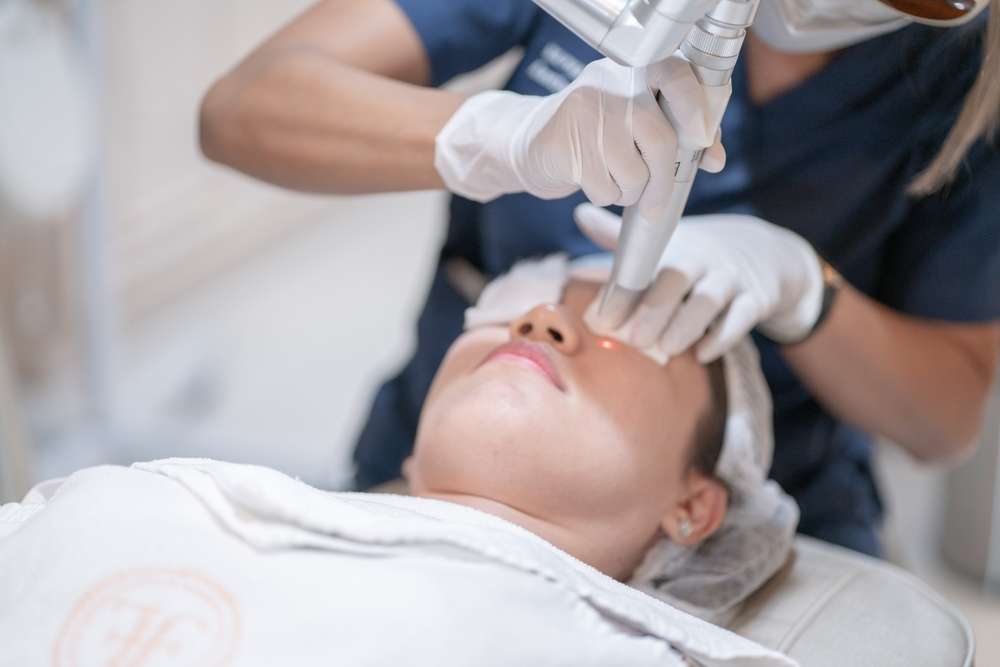Advanced Laser Skin Rejuvenation: Renew Complexion Fast
Discover how advanced laser skin treatments use focused light energy to refresh and repair your complexion. From smoothing fine lines and fading sun spots to reducing acne scars and redness, modern laser therapies offer targeted, non-surgical solutions for many skin concerns. Learn how different lasers work, what to expect during a session, and the benefits and risks to help you decide if laser rejuvenation is right for your skin.

What skin concerns can modern laser therapy treat?
Lasers have become a flexible tool in dermatology, capable of addressing a wide array of cosmetic and medical skin issues. Common problems suitable for laser treatment include:
- Fine lines and wrinkles
- Sun damage and age spots (hyperpigmentation)
- Acne scars and other types of scarring
- Uneven tone and rough texture
- Enlarged pores
- Persistent redness and rosacea
- Unwanted hair
The exact outcome depends on the laser type chosen, your skin type, and the degree of the condition. A qualified clinician will tailor the approach to your needs.
Types of lasers and light-based options
There are several categories of devices used in skin resurfacing and rejuvenation. Each works differently and has its ideal uses:
-
Ablative lasers: These remove the outermost layers of skin to stimulate new tissue and collagen formation, delivering more dramatic resurfacing. CO2 and Erbium lasers are typical examples used for deeper wrinkles and significant sun damage.
-
Non-ablative lasers: Instead of vaporizing skin, these heat the deeper layers to encourage collagen remodeling while leaving the surface intact. Devices like Fraxel (non-ablative modes) and Nd:YAG are used to improve tone and firmness with less downtime.
-
Fractional lasers: These create microscopic columns of treated tissue surrounded by untouched skin, which speeds healing. Fractional technology can be ablative or non-ablative and is often chosen for scar revision and texture improvement.
-
Intense Pulsed Light (IPL): Although not a laser in the strict sense, IPL emits broad-spectrum light and is effective for treating pigmentation issues, broken capillaries, and redness.
Your practitioner will recommend the best option based on skin tone, sensitivity, and treatment goals.
Benefits you can expect
Laser treatments provide several advantages that make them popular alternatives to more invasive procedures:
- Smoother, more even skin texture and tone
- Reduction in fine lines and superficial wrinkles
- Fading of pigmentation and sun spots
- Softening of acne scars and other surface irregularities
- Smaller-looking pores and clearer skin
- Stimulated collagen production for firmer, more youthful skin
- Often shorter recovery time compared with surgical approaches
Results vary by device and the number of sessions. Many people notice improvement after one treatment, while a series may be recommended for optimal outcomes.
What happens during a treatment session?
Treatment structure and timing depend on the procedure, but a typical visit follows predictable steps. Below is a general timeline many clinics use:
| Treatment Step | Description | Duration |
|---|---|---|
| Consultation | Review goals, medical history, and skin assessment | 15–30 minutes |
| Preparation | Cleanse the skin; apply numbing agent if necessary | 30–60 minutes |
| Laser Procedure | Targeted application to the treatment area | 15–60 minutes |
| Post-Treatment Care | Soothe skin, apply barrier products, explain aftercare | 15–30 minutes |
Prices, rates, or cost estimates mentioned in this article are based on the latest available information but may change over time. Independent research is advised before making financial decisions.
A typical appointment begins with a thorough consultation to set realistic expectations. The clinician then prepares the skin, which may involve topical anesthetic for comfort. The active phase varies by device and area treated: small zones such as around the eyes take less time than a full-face resurfacing. Afterward, you’ll receive instructions and products to support healing and protect results.
Possible side effects and safety considerations
When performed by trained professionals, laser treatments are generally safe, but they carry some potential side effects:
- Short-term redness and swelling
- Mild stinging or discomfort during and after the procedure
- Changes in skin pigmentation, which can be more pronounced in darker skin types
- Risk of infection if post-care instructions are ignored
- Rarely, scarring or prolonged discoloration with aggressive treatments
To reduce risks, disclose all medications and medical history, follow pre-treatment guidelines (such as avoiding tanning), and adhere closely to aftercare directions like sun protection and wound care.
Choosing the right provider and setting expectations
Select a licensed dermatologist or certified practitioner with experience in the specific laser you are considering. Ask about before-and-after photos, the expected number of sessions, recovery timeline, and alternatives. A realistic discussion helps you weigh benefits against costs and downtime.
Conclusion
Advanced laser therapies offer targeted ways to refresh the skin, addressing everything from wrinkles and sunspots to scars and redness. With different devices available—ablative, non-ablative, fractional, and IPL—there is usually a suitable option for many skin concerns. Proper consultation, an experienced provider, and diligent aftercare are key to achieving safe and satisfying results.
This article is for informational purposes only and should not be considered medical advice. Please consult a qualified healthcare professional for personalized guidance and treatment.






